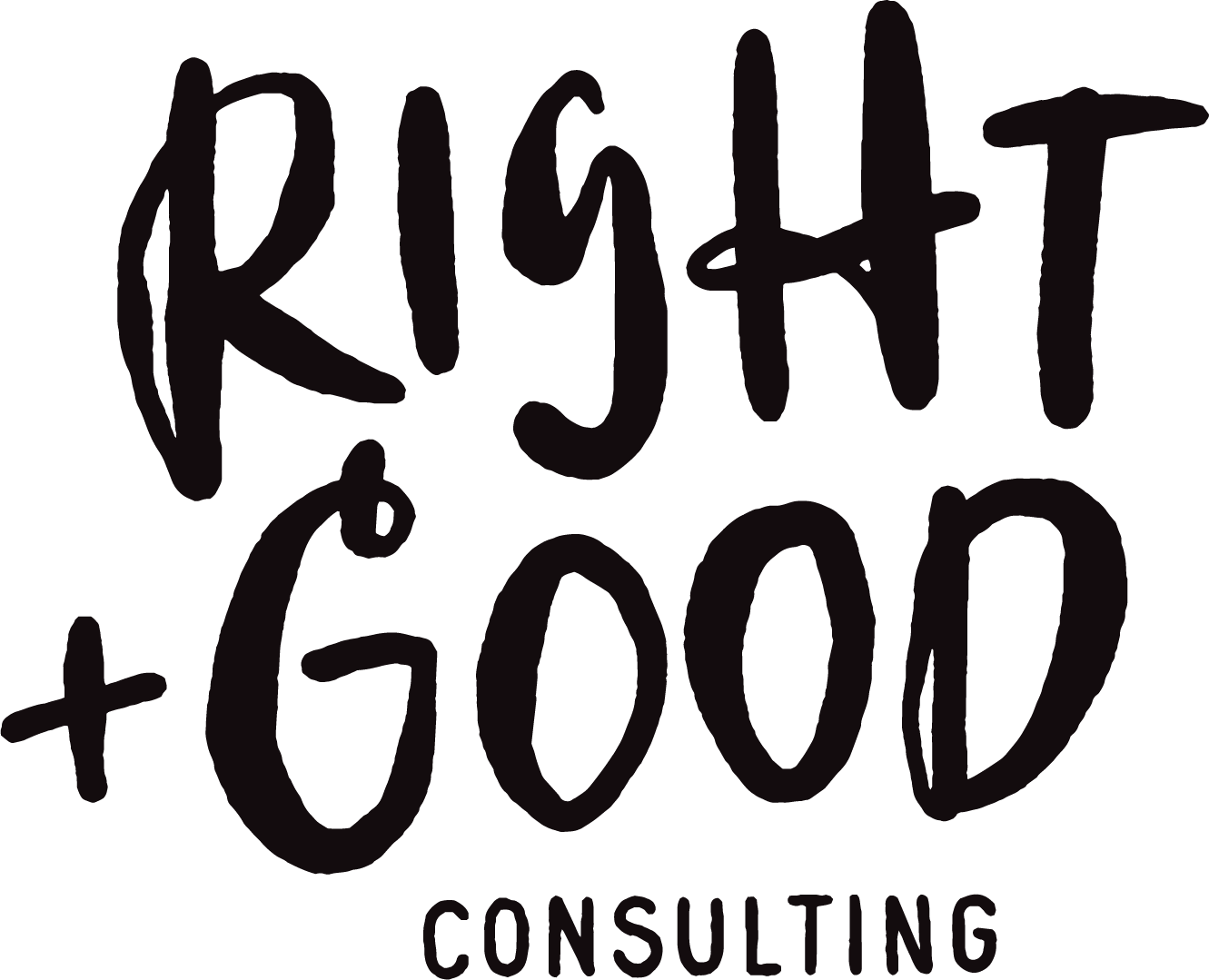What is public participation (and why is it important)?
What is public participation?
When you think of public participation, what comes to mind? The town hall scenes from Parks and Rec may jog your memory. Those kooky Pawnee citizens always demanded outrageous changes and condemned the most common sense policies–it seemed like a no-win situation for the Parks Department, trying to effect positive change! Leslie Knope was a master at community engagement, and always took the time to hear everyone out. She listened to what they had to say, took their concerns seriously and spent plenty of time trying to explain changes and improvements to the community. She considered the group feedback and worked to build consensus. She always wanted the people to weigh in. Leslie Knope was clearly a public participation pro.
Citizens of Pawnee… engaging.
Humorous sitcoms aside, the example of an outraged community meeting often surfaces as a worst-case-scenario when business owners think about “public participation.” What are they missing, and what can make the experience better?
Public participation (often known as P2) is based on the idea that the people have a right to be involved in decisions that affect them. It is any process that directly engages the public in decision-making and gives the input of the public full consideration. By giving stakeholders–those who have an interest or stake in an issue, not necessarily monetary–the opportunity to have real input in the decision-making process, public participation allows meaningful change to happen with the consent and support of those that are most affected.
Organizations that engage in public participation are signaling that the public’s contribution will influence the final decision, that the organization will give the public the information needed to give feedback and that the organization will communicate to the public how their feedback shaped the final decision.
It’s the responsibility of the organization to identify and seek out communities potentially affected by a decision and facilitate how the participation process will work. By being transparent about the level of public participation the organization is willing to engage in, being open and respectful and advocating for community involvement, organizations can build trust and credibility with the public.
Public participation is an art and process, and involves time and training to be successful.
Why is public participation important?
There are many, many examples of companies and organizations making changes that the public was not on board with. From low-stakes (on a global justice scale anyway) product changes like New Coke, to more harmful policies like the North Carolina bathroom bill–drastic changes or policies can invite a tremendous public backlash and lose millions of dollars in revenue.
Engaging with the public and promoting public participation allows an organization to find and fix problems before major changes are made. Decisions made with public participation are also seen as more legitimate, less subject to challenge, and are seen as better decisions by the public because the full experience of stakeholders is taken into account.
Encouraging people to participate in decision-making is beneficial for both the public and the organization. The organization is able to better understand the needs of the public, build community support, and improve the public’s understanding of the challenges the organization faces. The individual is able to voice concerns and bring up issues that the organization hasn’t considered. By working together, the organization and the public can better understand each other and make decisions that are mutually beneficial.
What are the different levels of public participation?
There are five generally recognized levels of public participation that an organization can engage in:
Inform–An organization wants to give basic information to the public about an upcoming decision to help them understand the problems, alternatives and solutions. The organization should provide accurate information, but there is not a formal space for public discussion. Fact sheets, website information or an open house are examples of informing the public. This is the lowest level of public participation.
Consult–The goal is to obtain public feedback. An organization wants to keep the public informed, as well as listen to and acknowledge concerns. Organizations may send out surveys, form focus groups or hold public meetings.
Involve–When an organization works directly with the public to make sure their issues and concerns are continuously addressed and reflected in the decision-making process; the public is more aware of how their feedback has influenced the final decision. Holding workshops or doing direct polling are both ways to involve the public.
Collaborate–Collaboration is a much greater level of public participation. Organizations look to the public for direct advice and ideas when looking for solutions or problem-solving, and incorporate those ideas into the final decision as much as possible. An example of this is a citizen advisory committee.
Empower–The highest level of public participation is when an organization directly implements what the public decides. By placing the final decision-making with the public, an organization gives over control to the public. This level of public participation is most often seen in voting.
How to engage in public participation as an organization.
Listen to your people!
The biggest step a company can take is just to listen to what people are saying, then work to implement valid concerns. By paying attention to the people who are most affected by your policies or products, you will learn so much about what’s working and what’s not in your community. Addressing issues directly, with empathy and concern, will bring you more credibility and trust than any money you may earn.
How you participate with the public is up to you, and the people involved. It could be a forum, a survey, or a vote. And yes, it will take time and money to engage with the public effectively. But the return is worth it.
If you’d like some extra info to get started, check out the P2Club or our favorite resources!
